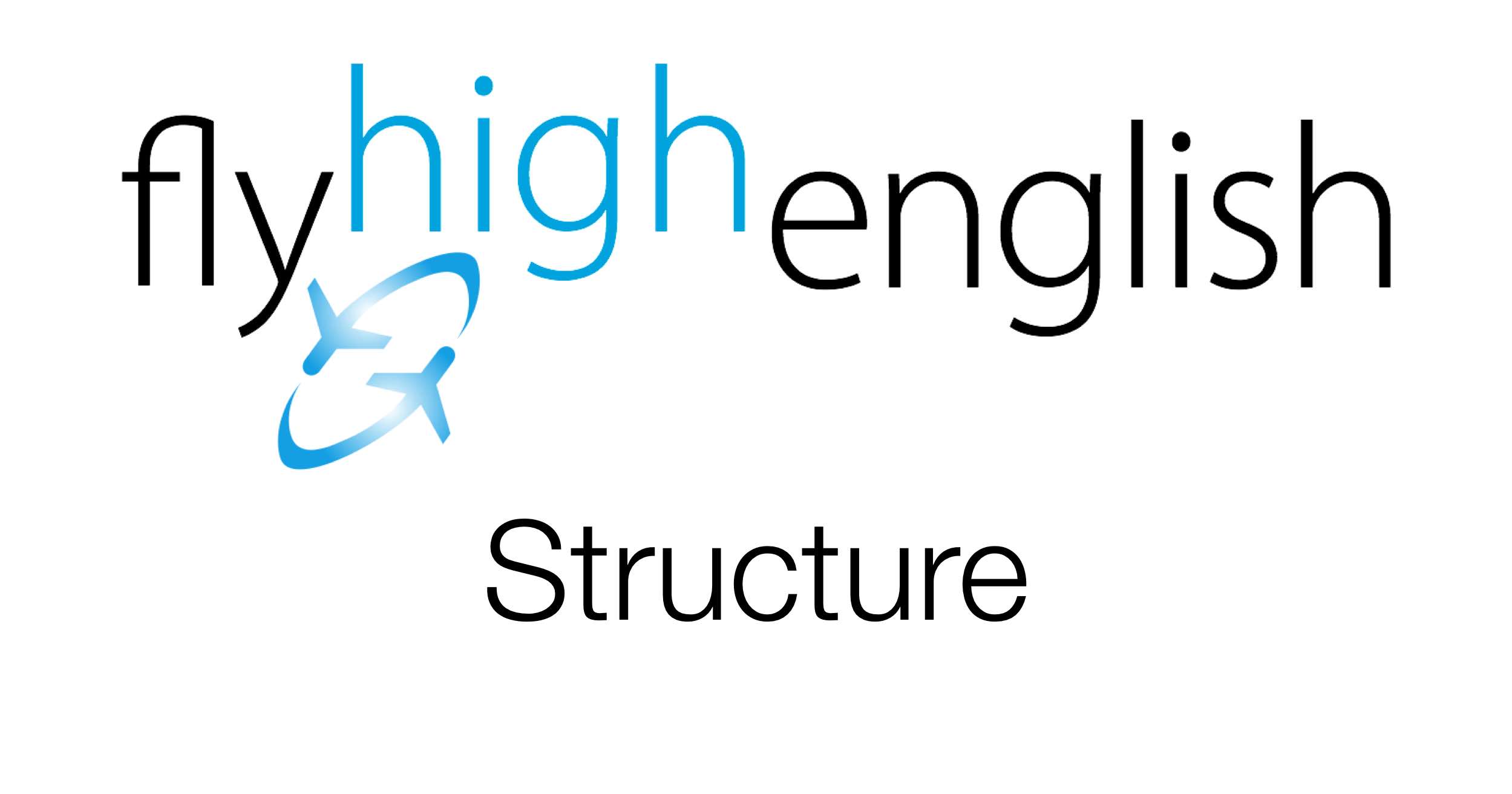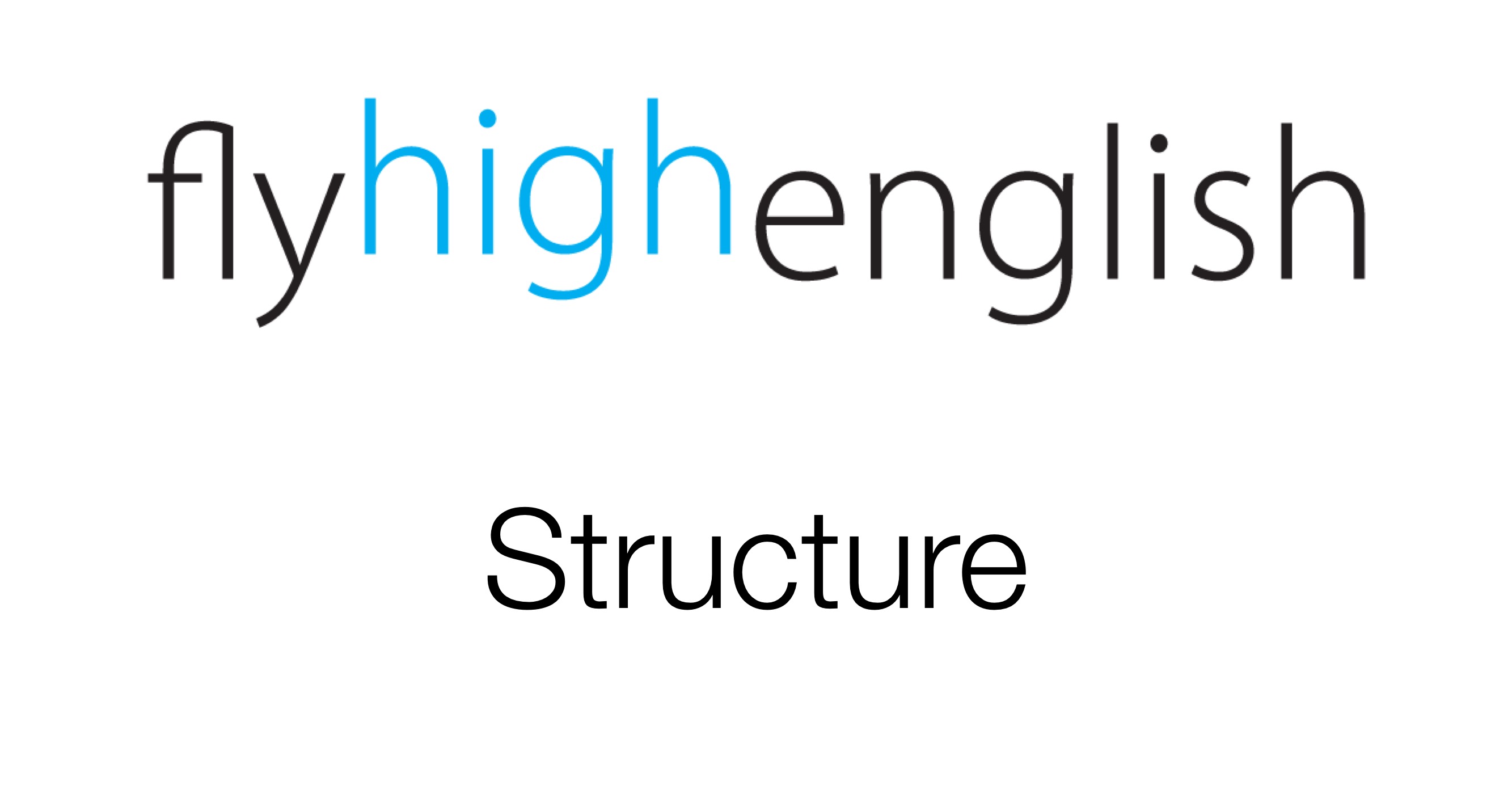
Using ‘will’
The future simple / will is one of the most common tenses used in English so it’s one of the most important. There are two primary used for the future simple / will.
- to talk about future plans when you think and speak at the same time and you’re (obviously) not sure about your plans. We often use ‘I think’ before this form to emphasise that you’re not sure.
- I think I’ll (I will) relax at the weekend.
- to talk about future predictions when you’re not sure about the prediction. We can also use ‘I think’ before this form to emphasise that you’re not sure.
- I think that the company will cancel many flights due to the bad weather.
Tip: Don’t confuse ‘will’ and ‘going to’ to talk about the future. They are both used to talk about future plans and future predictions but with different ideas. Click here to read about using ‘going to’ for future plans and predictions and to compare it with using ‘will’.
Check out the diagram below for a summary and try to make some sentences of your own.
Follow us on Twitter here or Facebook here for more great content!






